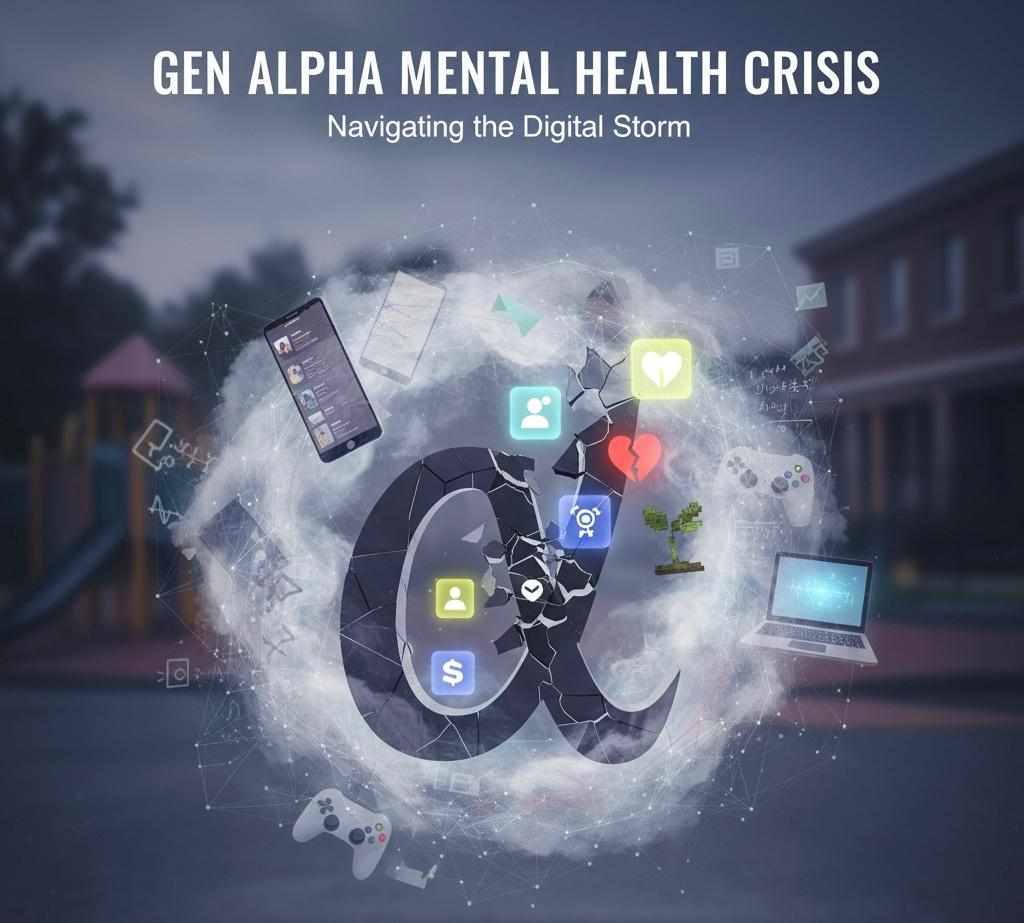Post-Traumatic Stress Disorder (PTSD) is a significant mental health condition that arises following exposure to traumatic events. In Australia, the landscape of PTSD is shaped by a variety of factors, from individual experiences to large-scale disasters. This article delves into the most prevalent causes of PTSD within the Australian context, drawing upon scientific research and studies to provide a comprehensive understanding.
Natural Disasters
Australia’s unique geography makes it prone to a range of natural disasters, including bushfires, floods, cyclones, and severe storms. These events can have devastating impacts on communities, leading to significant psychological distress. Research has shown that exposure to natural disasters is a leading cause of PTSD among Australians. For instance, studies following the Black Saturday bushfires in 2009 revealed a marked increase in PTSD symptoms among affected populations (Bryant et al., 2020). The unpredictable nature and widespread damage of these events can leave lasting mental health impacts on survivors.
Military and Defence Force Operations
Military personnel and veterans represent another significant group affected by PTSD. The Australian Defence Force (ADF) acknowledges PTSD as a concern, with deployments to conflict zones being a key risk factor. Combat exposure, witnessing death, and the high-stress environment of military operations contribute to the prevalence of PTSD among veterans and serving members. The Australian Institute of Health and Welfare (AIHW) reports that veterans are at a higher risk of developing PTSD compared to the general population (AIHW, 2018).
Sexual Assault and Violence
Sexual assault and violence are profoundly traumatic experiences, with survivors facing a high risk of developing PTSD. In Australia, the rates of sexual violence and assault are concerning, with these experiences contributing significantly to the country’s PTSD statistics. The Australian Bureau of Statistics (ABS) National Survey of Mental Health and Wellbeing highlights that individuals who have experienced sexual assault are more likely to suffer from PTSD (ABS, 2017).
First Responders and Emergency Services
First responders, including police officers, firefighters, and paramedics, are exposed to traumatic events as part of their daily duties. The cumulative effect of this exposure places these individuals at a heightened risk of PTSD. Studies within Australian emergency services communities have identified high rates of PTSD symptoms, underscoring the need for targeted mental health support and interventions (McFarlane et al., 2017).
Accidents and Personal Trauma
Accidents, such as vehicle crashes and workplace incidents, along with personal traumas like the sudden death of a loved one, can also lead to PTSD. The sudden and shocking nature of these events can overwhelm an individual’s ability to cope, triggering PTSD in some cases. Research within Australia has shown that survivors of accidents and personal traumas constitute a significant portion of those living with PTSD (O’Donnell et al., 2016).
Statistical Data
According to Phoenix Australia, PTSD is the most common mental health disorder after depression, affecting about 5.5% of Australians at some point in their lives, translating to over 1.5 million Australians living with PTSD at any given time. Traumatic events leading to PTSD can affect anyone, with three in four Australians likely to experience such an event in their lifetime. These events can profoundly impact individuals’ physical and emotional well-being, altering their perception of themselves, their relationships, and their sense of safety in the world. However, recovery and renewal are possible with appropriate help and support.
Compensation claims for PTSD in Australia highlight the variety of circumstances that can lead to the condition, providing insight into its common causes. PTSD claims may arise from traumatic events experienced in the workplace, particularly for those in high-risk professions such as police, emergency services, and military personnel. Other common causes include physical injuries that lead to PTSD, involvement in motor vehicle accidents, experiences of trauma in public places due to negligence, and injuries resulting from medical negligence. These situations underscore the diverse and complex nature of trauma that can lead to PTSD, necessitating tailored support and compensation for those affected.
Conclusion
The causes of PTSD in Australia are multifaceted, reflecting the complex interplay between individual vulnerabilities and external events. From natural disasters to personal traumas, the impact of these experiences on mental health cannot be understated. Recognising the prevalent causes of PTSD is crucial for developing effective prevention and treatment strategies. As Australia continues to face these challenges, supporting the mental health of those affected by PTSD remains a priority.
References
- Bryant, R. A., et al. (2020). The psychological outcomes following the Victorian Black Saturday bushfires. Australian and New Zealand Journal of Psychiatry.
- Australian Institute of Health and Welfare (AIHW). (2018). Mental health services in Australia.
- Australian Bureau of Statistics (ABS). (2017). National Survey of Mental Health and Wellbeing: Summary of Results.
- McFarlane, A. C., et al. (2017). Prevalence of PTSD symptoms in emergency responders: Review. Journal of Nervous and Mental Disease.
- O’Donnell, M. L., et al. (2016). The impact of personal and environmental factors on the mental health outcomes of survivors of accidents and injuries. Journal of Trauma & Dissociation.
How to get in touch
If you or your patient/NDIS clients need immediate mental healthcare assistance, feel free to get in contact with us on 1800 NEAR ME – admin@therapynearme.com.au.







